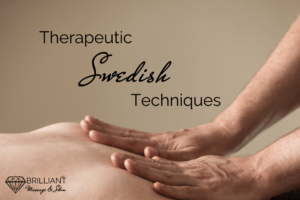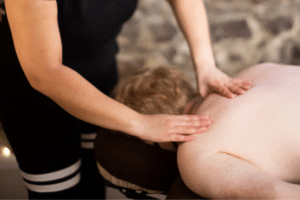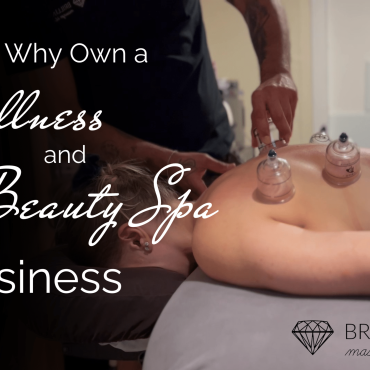Therapeutic Swedish Techniques


Ling initially called his massage technique Medical Gymnastics and intended it to supplement traditional medical care. Another physician, Johann Mezger, gave the methods used in its French names and popularized the style. Almost all spas and massage studios today offer this style, and many other forms of massage take their cues from this tradition.
Swedish Massage Basic Movements
Swedish massage uses five basic movements to increase circulation and remove tension from the muscles. The massage therapist always works towards the heart and incorporates these techniques into a flowing massage that leaves the patient physically and emotionally relaxed. The trademark move is Effleurage, long gliding strokes that can be firm or soft, depending on purpose and client. Many therapists start a session with Effleurage to familiarize themselves with the patient and then bring more pressure for more profound work.
Massage techniques also include Petrissage, or kneading, which releases toxins from the muscles by lifting, separating, and rolling them. Massage gently compresses and relaxes the tissues while enhancing circulation. Another technique, Tapotement, involves tapping the muscles with a percussive stroke. The therapist may use the side of the hand, fingers, or palm to release tension and cramping. Many therapists also incorporate vibration, a later technique, which involves the therapist centering their hands on the back of a limb and shaking them briskly for several seconds to release tension, encourage circulation, and help muscles contract.

Clients interested in experiencing Swedish massage should seek out a reputable massage clinic to explore it. Often it takes several visits to multiple therapists to find a good match with the client. Like other massage modalities, this form is most effective when undertaken at least once a month. However, it is best to book once every two weeks for a more therapeutically helpful interval. Clients should remember to communicate clearly with the therapist for a productive session.
Brilliant Massage & Skin
Burlington, Vermont


